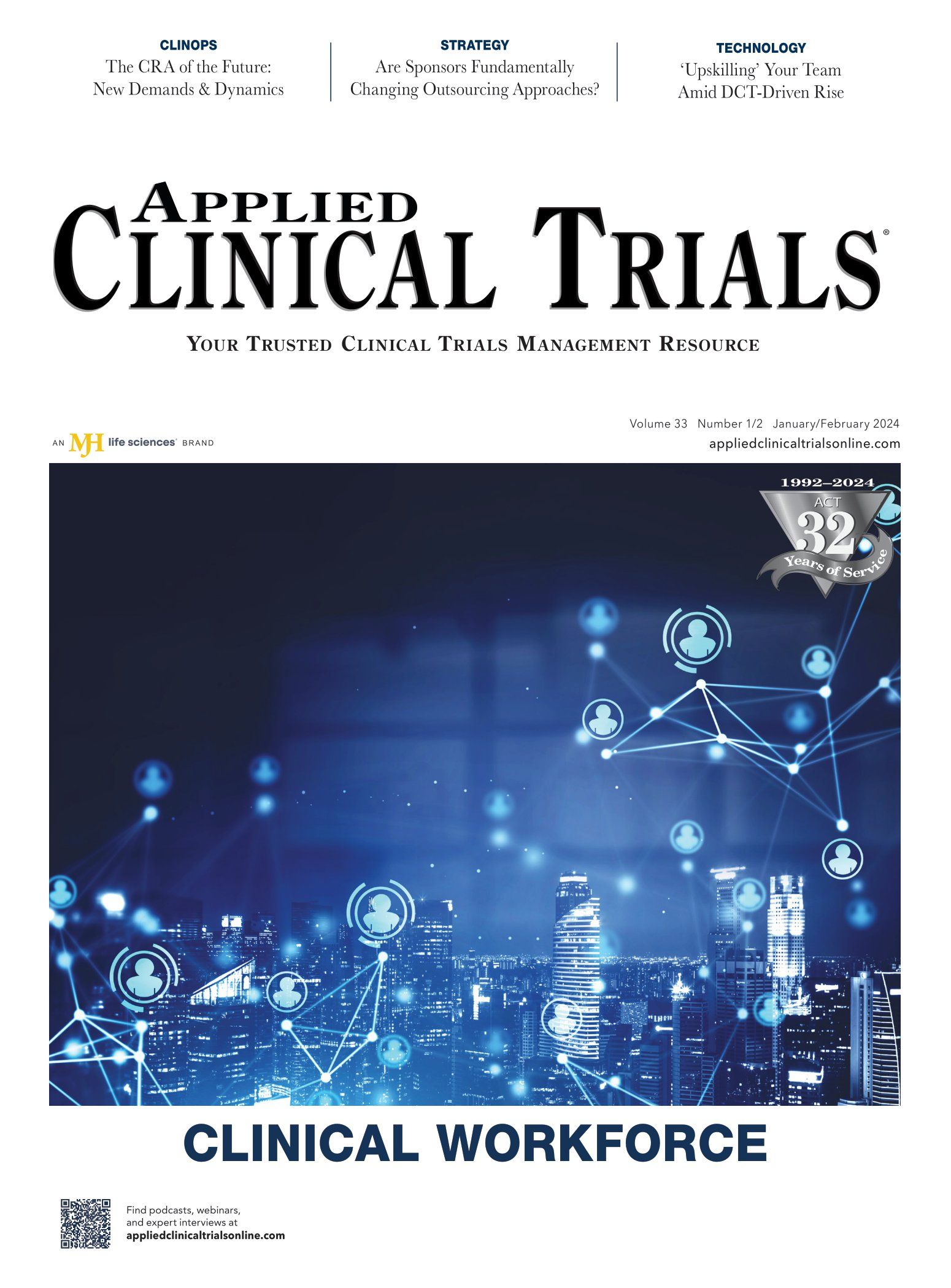15 ‘Shades’ of Change in Clinical Trial Start-Up and Execution
Embracing behavioral changes can lead clinical operations professionals toward driving meaningful outcomes.

The No. 1 question I get from clinical research professionals who have recently embraced the need to effectively support and manage behavior change is, “What is the most effective way to support behavior change?”
It’s a good question, but it misses out on one critical reality—not all behavior changes are created equally. Behavior change is very rarely black or white.
In 2009, BJ Fogg at Stanford’s renowned Persuasion Lab proposed that, before designing solutions for behavior change, we must first characterize the change in two dimensions: a) what is the behavior type; and b) what is the behavior schedule. He went on to refine this approach to identify 15 distinct types of change, each with a unique solution set. Over time, I’ve come to refer to these as the 15 “shades” of change.
To best visualize the shades of change, Fogg and colleagues developed a “behavioral grid” and suggest leveraging the grid as you begin to characterize the changes relevant to your practice or needs. It is an exercise I highly recommend. The five behavior types (start an entirely new behavior; start a familiar behavior; increase a behavior; decrease a behavior; stop a behavior) are weighed against the three behavior schedules. The latter include one-time (DOT) behaviors (some behaviors just need to change once, i.e., signing up to be an organ donor); span-of-time (SPAN) behaviors (some behaviors need to change for a predetermined length of time, i.e., committing to a dry January); and from-now-on (PATH) behaviors (some behaviors need to change permanently, i.e., embracing a vegan diet.
As an example, our team at ArcheMedX has generated a behavioral grid characterizing what some common shades of change might look like as you begin to launch a clinical trial (see Table 1). We capture blended behaviors from the sponsor, contract research organization (CRO), site, and even the patient to help paint the broadest picture.

Once you’ve embraced that not all change is created equally, you are now better prepared to align your best change management strategy with each required change. While the general recipe for behavior change is similar (i.e., effective training, motivation support, and nudges/triggers), the actionable steps you must take will differ significantly.
Our next article will provide a more detailed playbook for aligning change types/durations with specific change strategies, providing more granular examples. But in the meantime, when designing and launching your trials, try to create your own grid and characterize your change types/schedules. And if you have any questions, feel free to reach out to me at www.linkedin.com/in/briansmcgowan/.
The ultimate lesson: By embracing the nuances of behavior change, clinical research professionals can optimize their ability to drive meaningful outcomes in the trials they conduct.
* This is McGowan’s second installment as a regular contributor to Applied Clinical Trials’ print and digital editions—where he explores diverse topics, issues, and strategies related to leadership in the clinical trials space. A research scientist, educational technologist, and thought leader, McGowan led Pfizer’s Medical Education Group and previously served in educational leadership roles at HealthAnswers, Inc.; Acumentis, LLC; Cephalon; and Wyeth.
Brian S. McGowan, PhD, FACEHP, chief learning officer and co-founder at ArcheMedX, Inc.

Behind the Buzz: Why Clinical Research Leaders Flock to SCOPE Summit
February 7th 2025In this episode, we meet with Micah Lieberman, Executive Conference Director for SCOPE Summit (Summit for Clinical Ops Executives) at Cambridge Innovation Institute. We will dive deep into the critical role of collaboration within the clinical research ecosystem. How do we bring together diverse stakeholders—sponsors, CROs, clinical trial tech innovators, suppliers, patients, sites, advocacy organizations, investors, and non-profits—to share best practices in trial design, program planning, innovation, and clinical operations? We’ll explore why it’s vital for thought leaders to step beyond their own organizations and learn from others, exchanging ideas that drive advancements in clinical research. Additionally, we’ll discuss the pivotal role of scientific conferences like SCOPE Summit in fostering these essential connections and collaborations, helping shape the future of clinical trials. Join us as we uncover how collective wisdom and cross-industry partnerships are transforming the landscape of clinical research.
Reaching Diverse Patient Populations With Personalized Treatment Methods
January 20th 2025Daejin Abidoye, head of solid tumors, oncology development, AbbVie, discusses a number of topics around diversity in clinical research including industry’s greatest challenges in reaching diverse patient populations, personalized treatment methods, recruitment strategies, and more.